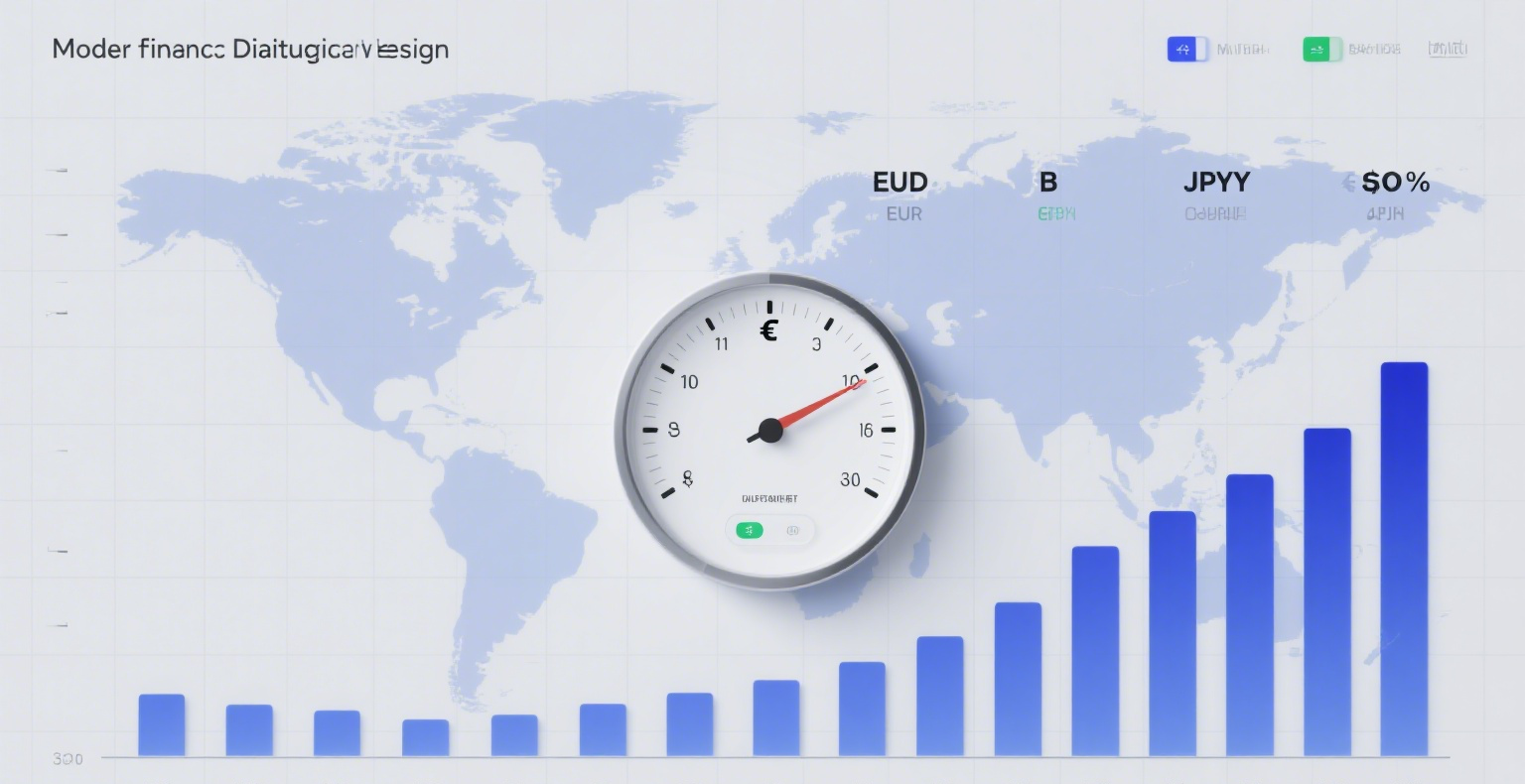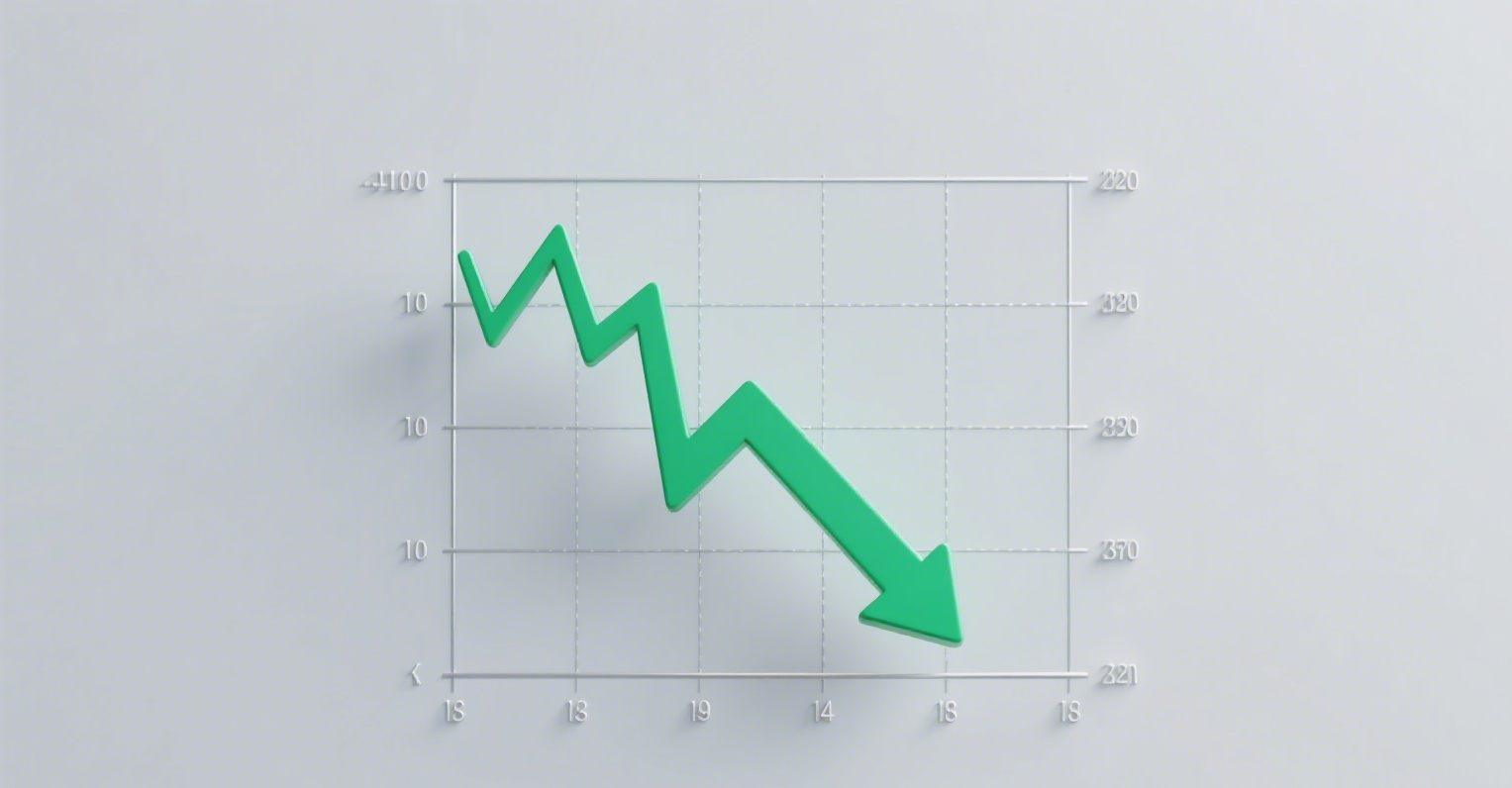
When discussing broad-based ETFs, investors generally think of products tracking indices like the CSI 300 or CSI A500. However, this is more of a "broad" colloquial term. In reality, with the emergence of concepts like broad-based, innovative broad-based, and others, investors often struggle to discern the true characteristics of broad-based indices.
Based on the definition framework of regulatory bodies and the size-index system of index providers, broad-based indices are systematically categorized along two dimensions: market and market capitalization.
This classification not only helps investors clearly understand ETF product structures but also considers the compatibility of classification standards between domestic and international markets, providing continuous and broad positive reference value for index fund investments.
Classifying Broad-Based Index Characteristics Based on Authoritative Definitions
Generally, when discussing ETF products, investors mostly refer to them as broad-based or narrow-based ETFs. While this broad classification aids informal communication—such as discussing the design philosophy of a particular ETF or daily interactions among peers—it requires further refinement when applied to fund investment allocation strategies.
On one hand, ETFs are praised for their tool-like attributes, which are realized through asset allocation strategies. On the other hand, indices and the ETFs tracking them serve as key "raw materials" for asset allocation strategies. Therefore, to enhance the effectiveness of asset allocation strategies, these "raw materials" must be accurately classified.
In reality, the classification of broad-based indices has clear foundations. However, with the proliferation of terms like broad-based, narrow broad-based, and innovative broad-based in the market, investors find it difficult to identify the true features of broad-based indices. According to the Index Fund Development Guidelines issued by the Shanghai and Shenzhen Stock Exchanges, a broad-based index refers to an index whose sample selection is not limited to specific industries or investment themes and reflects the performance of stocks in a certain market or of a certain size. Domestic and international index providers generally classify broad-based indices as size indices.
Based on the definition framework of regulatory bodies and the size-index system of index providers, E Fund categorizes broad-based indices along two dimensions—market and market capitalization—to objectively present their characteristics. This helps investors intuitively understand the differences between various broad-based indices and select or match index products based on their investment needs.
Specifically, indices are first divided into "China" and "International" based on the market dimension. For China, further subdivisions are made along market and market capitalization dimensions, while international indices are only divided by market dimension without further breakdown by market capitalization. This establishes a "coordinate system" for indices, allowing investors to clearly locate broad-based indices that reflect different characteristics through market capitalization sampling and weighting in specific markets.
Matching Broad-Based Indices to Their Categories
For the Chinese market, subcategories include A-shares, Shanghai market, Shenzhen market, STAR Market (Sci-Tech Innovation Board), ChiNext, Hong Kong market, and Shanghai-Hong Kong-Shenzhen Connect, distinguishing between different exchanges and market segments. From the market capitalization dimension, indices are classified as large-cap, mid-cap, small-cap, and all-market. Under these two dimensions, broad-based indices can be precisely matched to their categories.
For example, under A-share broad-based indices:
-
Large-cap indices include the CSI 300 and CSI A500.
-
Mid-cap indices include the CSI 500.
Thus, while both the CSI A500 and CSI 500 are A-share broad-based indices, they belong to different market capitalization categories.
Additionally, the CSI 1000, which consists of 1,000 small-cap and highly liquid securities, complements indices like the CSI 300 and CSI 500 and is classified as an A-share small-cap index. Notably, beyond large-, mid-, and small-cap dimensions, A-shares also have all-market indices like the CSI All Share Index.
Similarly:
-
For the Shanghai market, the SSE 50 is a large-cap index, while the SSE Composite Index is an all-market index.
-
For the Shenzhen market, the SZSE 100 is a large-cap index, and the SZSE Composite Index is an all-market index.
-
The Shanghai-Hong Kong-Shenzhen 300 is classified as a large-cap index for the Shanghai-Hong Kong-Shenzhen Connect.
For the STAR Market:
-
The STAR 50 is a large-cap index.
-
The STAR 100 is a mid-cap index.
-
The STAR 200 is a small-cap index.
-
The STAR Composite Index is an all-market index.
For ChiNext:
-
The ChiNext Index is a large-cap index.
-
The ChiNext 200 is a mid-cap index.
-
The ChiNext 300 is a small-cap index.
-
The ChiNext Composite Index is an all-market index.
Unlike the classification of Chinese market indices, international market indices are only divided by global, regional, and single-country dimensions without further market capitalization breakdown. This makes index characteristics clearer. For example:
-
Global market indices include the MSCI World Developed Markets and MSCI Emerging Markets.
-
Regional market indices include the MSCI Asia and MSCI Europe.
-
Single-country indices include the S&P 500 (U.S.) and Nikkei 225 (Japan).
Ensuring Conceptual Consistency
Broad-based indices are crucial in index development and index fund investments. Clearer definitions and classification standards improve investment efficiency, while broader applicability enhances investment convenience.
Definition-wise, domestic and international institutions describe broad-based indices slightly differently. For example, domestic institutions generally refer to size indices as broad-based, while overseas institutions define broad-based indices as those representing the overall stock market (large-cap/all-market indices).
For example, BlackRock adopts a size-index system to describe index characteristics rather than labeling them as broad-based. However, large-, mid-, and small-cap distinctions remain important:
-
The S&P 500 is classified as a large-cap index.
-
The S&P 400 is a mid-cap index.
-
The S&P 600 is a small-cap index.
-
The S&P Total Market Index is an all-market index.
For international markets, BlackRock does not distinguish by market capitalization but categorizes indices as global, developed markets, emerging markets, regional markets, and single-country indices.
Such classification efforts create positive "externalities" for the market, providing lasting and broad reference value for index fund investments. This aligns with industry development trends, where leading companies not only contribute to industry scale and concentration but also provide generalizable development experiences. Over time, these practices are adopted by peers, gradually becoming industry norms.
















